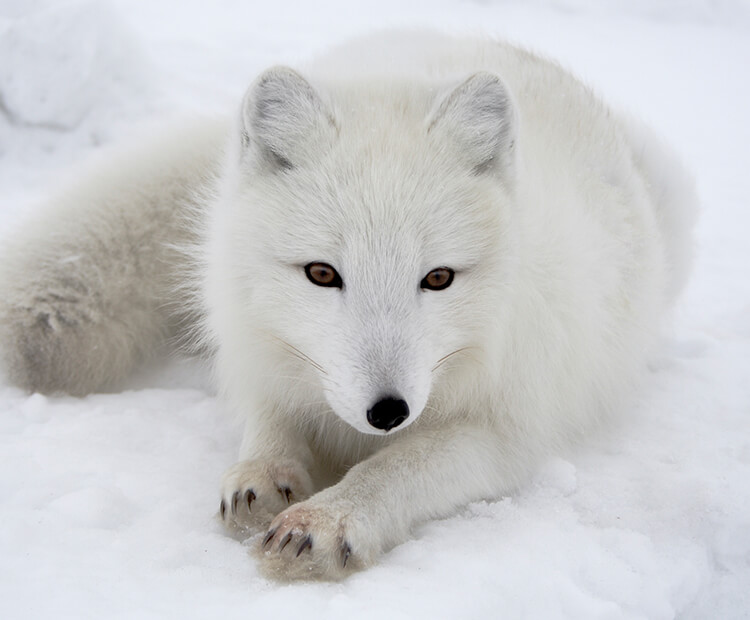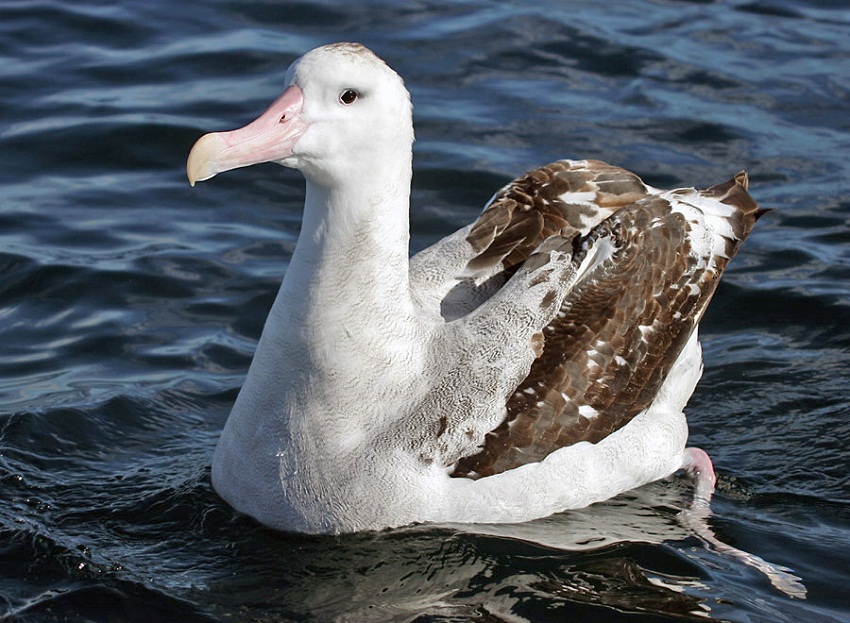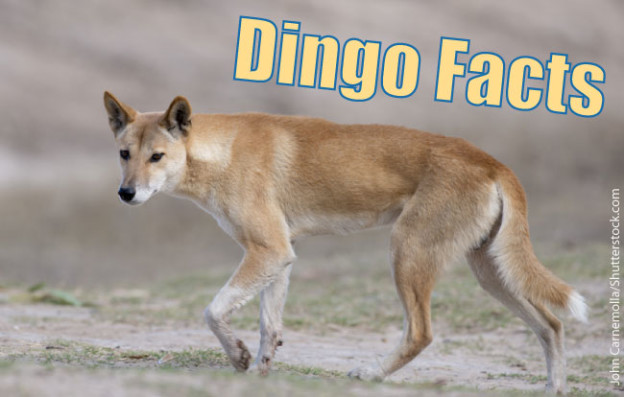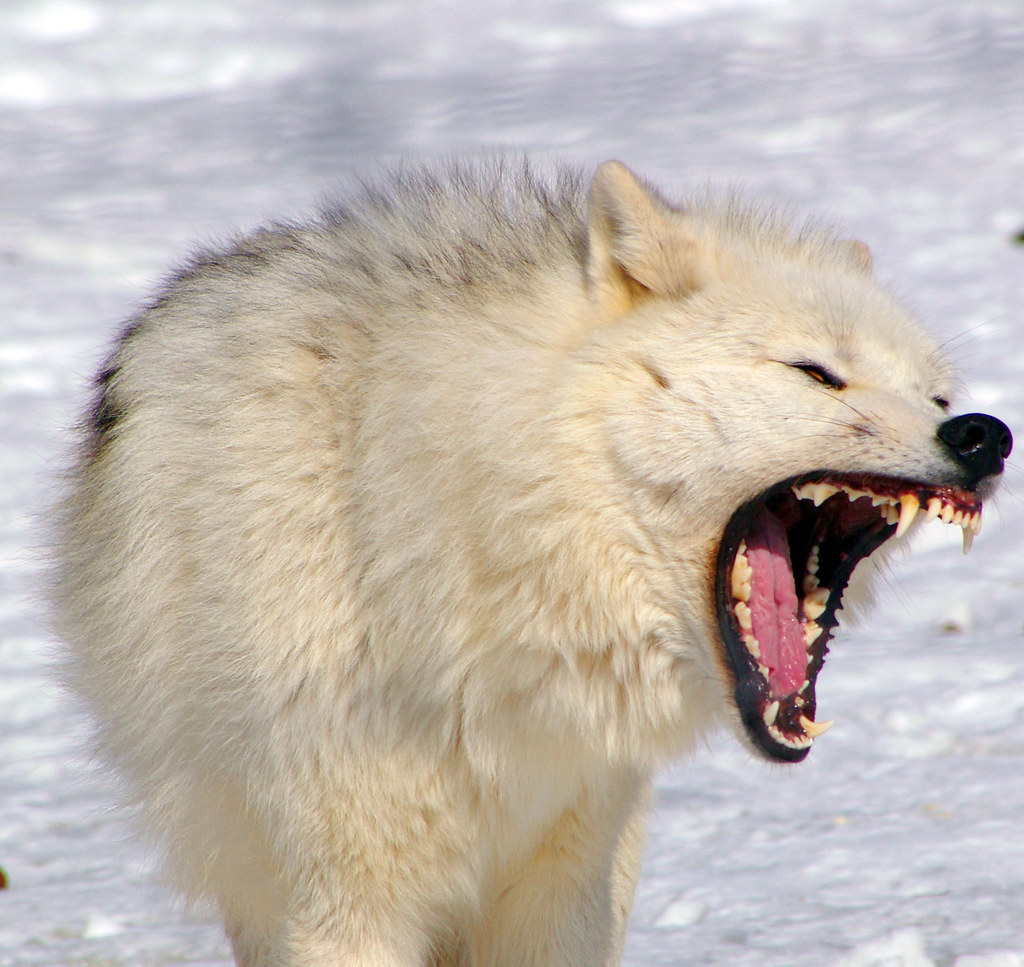Arctic animal adaptations information
Home » Trend » Arctic animal adaptations informationYour Arctic animal adaptations images are ready. Arctic animal adaptations are a topic that is being searched for and liked by netizens today. You can Find and Download the Arctic animal adaptations files here. Get all royalty-free vectors.
If you’re searching for arctic animal adaptations images information related to the arctic animal adaptations topic, you have visit the right site. Our website always provides you with suggestions for refferencing the highest quality video and picture content, please kindly search and locate more informative video articles and images that fit your interests.
Arctic Animal Adaptations. You loose body heat through your body surface, mainly your skin. Vast expanses of treeless tundra. Arctic tundra inhabitants’ main features are thick fur, masquerading colors, and several adaptations that help them keep warm and effectively travel along with the snow. The natural hues allow the animal to blend into the tundra�s.
 Arctic Fox Animal Facts Vulpes lagopus AZ Animals From a-z-animals.com
Arctic Fox Animal Facts Vulpes lagopus AZ Animals From a-z-animals.com
You loose body heat through your body surface, mainly your skin. Arctic animal adaptations when teaching second graders about habitats and ecosystems, we spend a bit of time learning about adaptations; During winter, these arctic wolves grow a second layer of fur for protection from the harsh conditions. Animal adaptations migration and hibernation are examples of behavioral adaptations used by animals in the arctic tundra. All arctic animals have developed adaptations to help them stay warm in the extreme cold. Distribute the worksheet arctic animal adaptations.
Students develop their understanding of simple food chains or webs and scientific vocabulary through making an arctic life mobile.
Distribute the worksheet arctic animal adaptations. In this webinar, you will get the answers, and learn about the amazing and sometimes odd ways arctic animals have adapted to living a life at the extreme. The most obvious of these is its thick fur, which changes color from brown in the summer to white in the winter. Small insect and relatively small animals reign there. Animal adaptations migration and hibernation are examples of behavioral adaptations used by animals in the arctic tundra. Arctic wolves have smaller ears and shorter muzzles to contain their body heat.
 Source: pinterest.com
Source: pinterest.com
They have a thick, white coat that is insulated against frigid temperatures. The blubber helps the whale to keep normal, healthy bodily temperature. Arctic wolves have smaller ears and shorter muzzles to contain their body heat. Small insect and relatively small animals reign there. Out of all arctic tundra animals, we have chosen a few of interesting animals with unique adaptations below.
 Source: kids.sandiegozoo.org
Source: kids.sandiegozoo.org
All arctic animals have developed adaptations to help them stay warm in the extreme cold. The fox’s coat provides both insulation and camouflage. How animals are adapted to live in the arctic. Change the season, locate the animals and hear their voices by exploring the landscape and using the navigational map. Layers of blubber protect the walruses when they swim in the freezing arctic seas and when they lie out on the ice in the bitter cold wind.
 Source: animalspot.net
Source: animalspot.net
Arctic wolves have smaller ears and shorter muzzles to contain their body heat. Arctic animals possess many interesting adaptations that allow them to survive in a harsh environment. Arctic tundra inhabitants’ main features are thick fur, masquerading colors, and several adaptations that help them keep warm and effectively travel along with the snow. Arctic habitat, wildlife has adapted to survive in the canadian arctic. Distribute the worksheet arctic animal adaptations.
 Source: wildlifeanimalz.blogspot.com
Source: wildlifeanimalz.blogspot.com
Arctic wolves have smaller ears and shorter muzzles to contain their body heat. Arctic animals must keep themselves warm to survive. The arctic fox has several adaptations for living in the arctic environment. Arctic animals have developed many adaptations to help them survive… During winter, these arctic wolves grow a second layer of fur for protection from the harsh conditions.
 Source: activewild.com
Source: activewild.com
They have a thick, white coat that is insulated against frigid temperatures. You loose body heat through your body surface, mainly your skin. The arctic fox has several adaptations for living in the arctic environment. Learn what animals live in the arctic region and how they have adapted to this inhospitable environment, in this excerpt from nature: Animal current environmental issues that may also affect communities worldwide approximate size habitat diet predators biological adaptations to the environment behavioral adaptations to the environment environmental factors that threaten its survival
 Source: worldatlas.com
Source: worldatlas.com
This booklet is designed to be used while you are studying adaptations in the classroom. The fox’s coat provides both insulation and camouflage. Change the season, locate the animals and hear their voices by exploring the landscape and using the navigational map. The most obvious of these is its thick fur, which changes color from brown in the summer to white in the winter. Arctic wolves have smaller ears and shorter muzzles to contain their body heat.
 Source: flickr.com
Source: flickr.com
They have adapted to the arctic oceans coldness by having a thick layer of blubber under their skin. Arctic animals must keep themselves warm to survive. Animal adaptations migration and hibernation are examples of behavioral adaptations used by animals in the arctic tundra. Invasion of the killer whales. Arctic animal adaptations when teaching second graders about habitats and ecosystems, we spend a bit of time learning about adaptations;
 Source: a-z-animals.com
Source: a-z-animals.com
You loose body heat through your body surface, mainly your skin. In this webinar, you will get the answers, and learn about the amazing and sometimes odd ways arctic animals have adapted to living a life at the extreme. They have adapted to the arctic oceans coldness by having a thick layer of blubber under their skin. This clip is from : Students develop their understanding of simple food chains or webs and scientific vocabulary through making an arctic life mobile.
This site is an open community for users to share their favorite wallpapers on the internet, all images or pictures in this website are for personal wallpaper use only, it is stricly prohibited to use this wallpaper for commercial purposes, if you are the author and find this image is shared without your permission, please kindly raise a DMCA report to Us.
If you find this site serviceableness, please support us by sharing this posts to your favorite social media accounts like Facebook, Instagram and so on or you can also bookmark this blog page with the title arctic animal adaptations by using Ctrl + D for devices a laptop with a Windows operating system or Command + D for laptops with an Apple operating system. If you use a smartphone, you can also use the drawer menu of the browser you are using. Whether it’s a Windows, Mac, iOS or Android operating system, you will still be able to bookmark this website.
Category
Related By Category
- Anime like cowboy bebop information
- Best anime gifs information
- Do animals cry information
- Arc animal rescue information
- Anime thriller genre information
- Dyson v7 animal black friday information
- Copyright free cartoon animal images information
- Fantastic four the animated series episodes information
- Dyson v11 animal black friday 2019 information
- Coniferous forest animals information